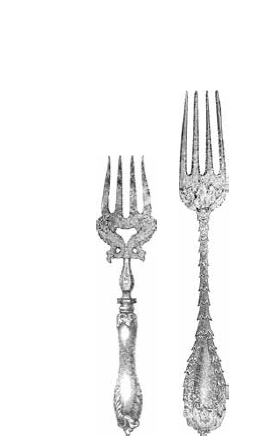Julie R. Ingelfinger, M.D.
In Med School Before Roe v. Wade
We chatted as the dialysis shift began. She was a young nursing student whose name and face I still remember five decades later, but I will just call her “Jane Roe.” She was from the Virgin Islands and had come to New York for nursing school. She was nearly done—justifiably proud, since she had funded it herself. I was a fourth-year medical student doing an elective rotation on what was called the “Renal-Metabolic Ward.” The dialysis machine was working well, so we continued to talk when we could as the hours went by. It was 1968, and dialysis would not be funded in the United States for another half-decade, which meant that any patient undergoing long-term dialysis had to have the means to pay for the treatments, one way or another, or the consequence was obvious—death, since kidney transplantation was in its infancy.
Dialysis shifts were long, and we changed the dialysate fluid (then called the “bath”) halfway through the treatment. We exchanged stories, as students do, about how school was going, what we’d seen on the floors, and what plans we had. Jane said she hoped to go back to St. Croix to serve people in her rural community. She liked it there better than the cold Northeast United States, anyway, she said.
Toward the end of the shift, some alarms on the machine went off, and we all did our part to stabilize the blood flow and the dialysate flow. Nothing so exact as modern hemodialysis, which delivers nearly automatic and precise dialysis care in comparison. But that treatment ended well.
There is another part to this story: Jane, the nursing student, was, in fact, the dialysis patient, and her odyssey had included far more than nursing school. Four months before I met her, Jane realized she was three months pregnant, despite always using contraceptives. She had a fiancé but was not yet married, and neither of them had the means to provide for a baby, so they reluctantly decided that terminating the pregnancy was the only choice. They planned to have children later, when they were both ready and could truly provide what they felt was right for a child. That way, Jane would also be able to continue her training and become a nurse.
So Jane did what thousands of young women were forced to do in the 1960s—she underwent a back-alley abortion. Though she had worried about going through with it, other young women she knew had used the same abortion doctor and had been fine. She went for the procedure with fear but also determination. Unfortunately, afterward Jane was not fine at all: she developed sepsis and multiorgan failure. She survived after weeks of hospitalization and near-death episodes, along the way enduring a hysterectomy and severe acute kidney failure, with bilateral cortical necrosis. Acute dialysis saved her life. However, Jane’s kidney function thereafter was essentially nil, and she continued on thrice-weekly dialysis, donated as compassionate care by the hospital. Jane and her fiancé married while she was in the hospital, hoping that she would gradually improve, receive a transplant, and resume her studies. She told me she was sad that she would never have a biologic child, but she was full of plans for the future.
A few weeks later, another complication developed—acute bleeding, with a hemothorax. I was the medical student on that dialysis shift, too. Jane was too ill to speak, though she was conscious and nodded hello, offering a weak smile. I chatted with her at the start of the dialysis run, but her status deteriorated, rapidly. There was a code. Though the team tried everything they could to resuscitate and stabilize her, she did not make it. We all cried.
Five years later, Jane would not have died—abortion had become legal in the United States. Over the ensuing decades, safe and legal abortion became standard. Thus, Jane would have, like me, become a grandmother, and would probably still be working and serving others.
Why am I telling Jane’s story now? The lack of legal and safe abortion before the Roe v. Wade decision of 1973 killed and maimed thousands of young women. Should that decision be overturned and abortion again become illegal, there will be countless more young women like Jane.
From New England Journal of Medicine, August 23, 2018. Used with permission.
Money and Meaning
The articles in this special section:
Cliques and Class in Hebrew School
Shayna Goodman
Teaching wealthy kids shocks Goodman back to the longing, exclusion and shame of her own school days.

Fiction: The Proper Care of Silver
Emily Franklin
Social class and gender roles are at play in keeping the house clean.

Who Can Pay for an Abortion?
Chanel Dubofsky
Our ideal of reproductive justice rests on a shaky pedestal. Abortion funds are bridging an unsteady present and a frightening future.
In Med School Before Roe v. Wade
Julie R. Ingelfinger, M.D.
She was a young nursing student whose name and face I still remember five decades later, but I will just call her “Jane Roe.”

A Rosenberg by Any Other Name
Kirsten Fermaglich
In the 20th century, many women changed their Jewish-sounding surnames to avoid workplace anti-Semitism and to get a job. What was gained --and what was forfeited?
 Please wait...
Please wait...